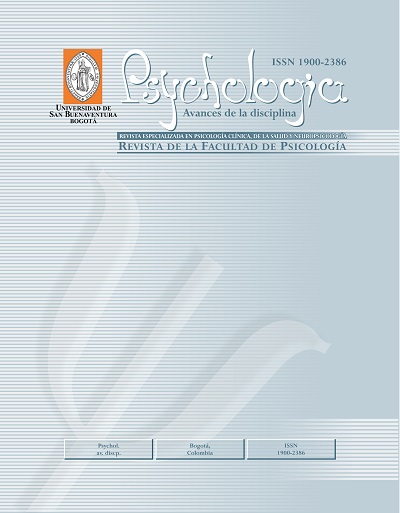This journal provides open, immediate access to its contents, based on the principle that offering the public free access to research helps to promote a higher global exchange of knowledge.
As such, all journal articles are published under a Creative Commons Attribution-NonCommercial-ShareAlike 4.0 International License (CC BY-NC-SA), by which commercial use of the original work or its possible derived works is not allowed, and the distribution thereof must be done with the same license elements regulating the original work.
http://creativecommons.org/licenses/by-nc-sa/4.0/
Abstract
It is intended to establish to establish differences in scores on a theory of mind (ToM) task in women with and without a history of criminal behavior and to indicate the level of prediction of the theory of mind on antisocial behavior. The study is the result of a search on research in the field that shows the importance of understanding the factors associated with antisocial behavior, mainly the ToM. On the other hand, there is not enough documentation on the functioning of ToM, specifically in women. The study was conducted from an empirical analytical, comparativepredictive approach. Sample: 68 women participated, 34 with criminal records and 34 without. A characterization card and the Gaze Test were applied. Significant differences were found in the ToM task for the two groups (With criminal record X̄ = 22.97 [SD= 4.75] vs Without criminal record X̄ = 25.50 [SD = 3.87]; U = 406,500; P = 0.03). The ToM predicts criminal behavior (OR = 1,152; 95% CI [1,017 to 1,306]; P = 0.02). From the findings, it is concluded the importance of the theory of mind for cognitive neuroscience, given its modulating and predicting value of risk behaviors.





















